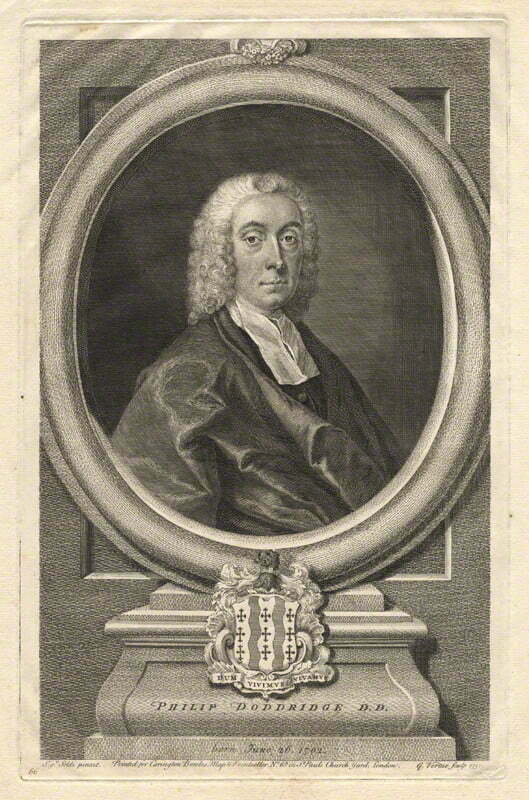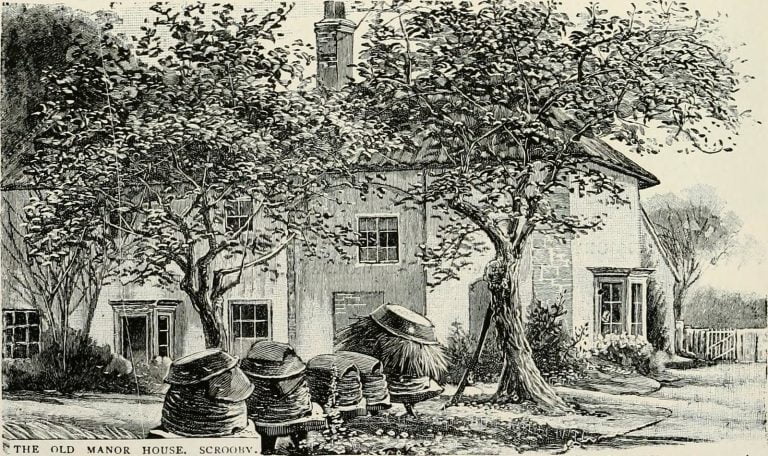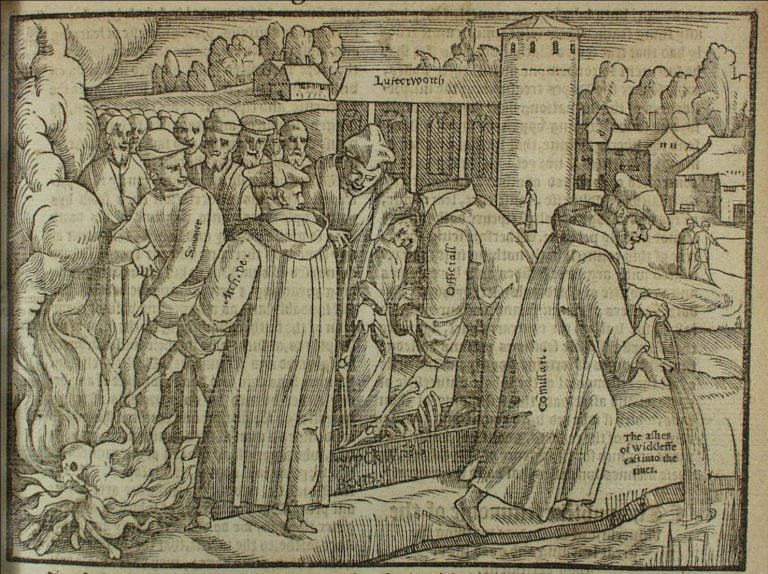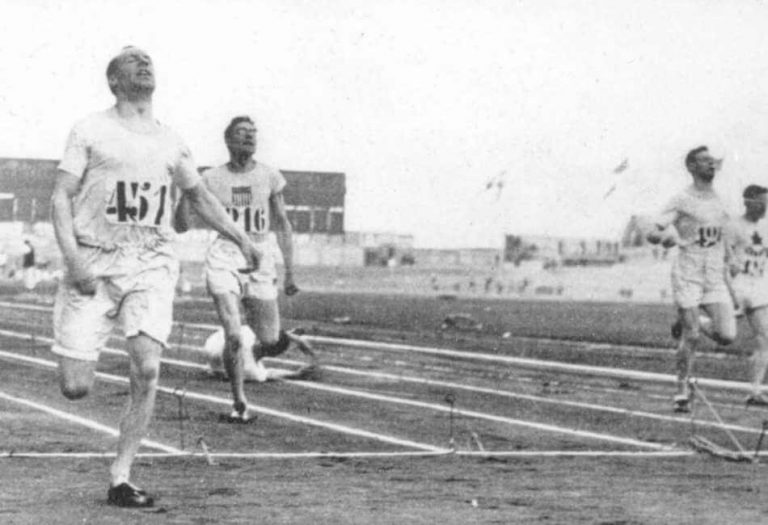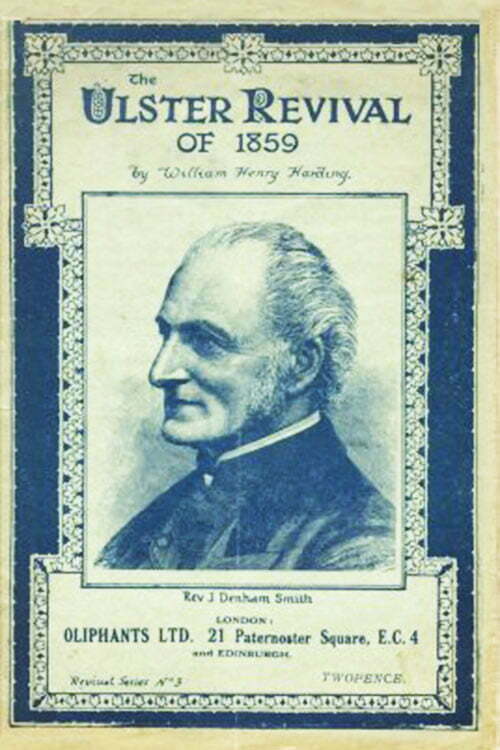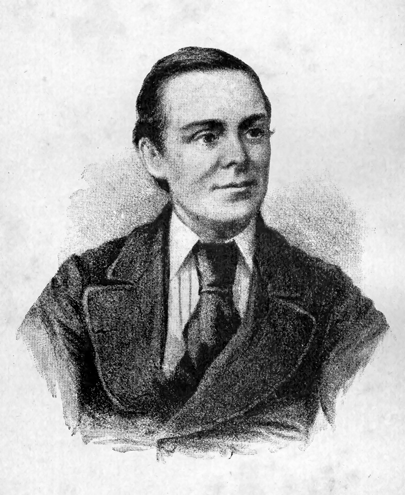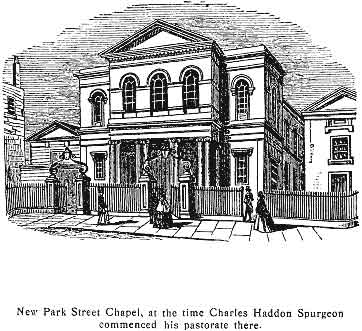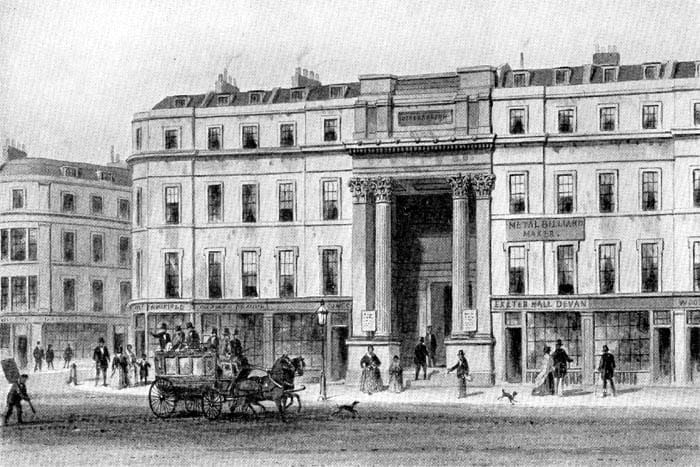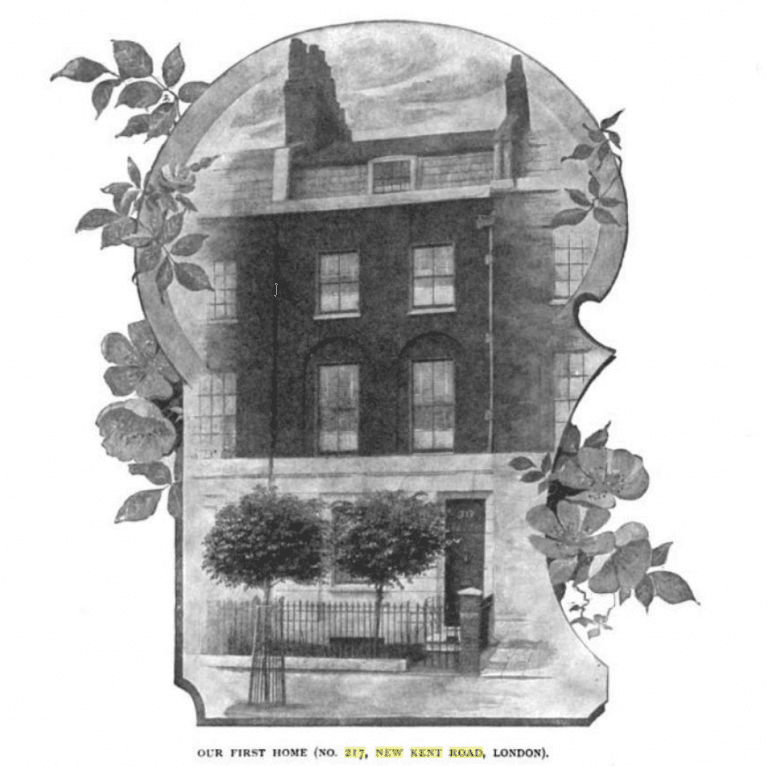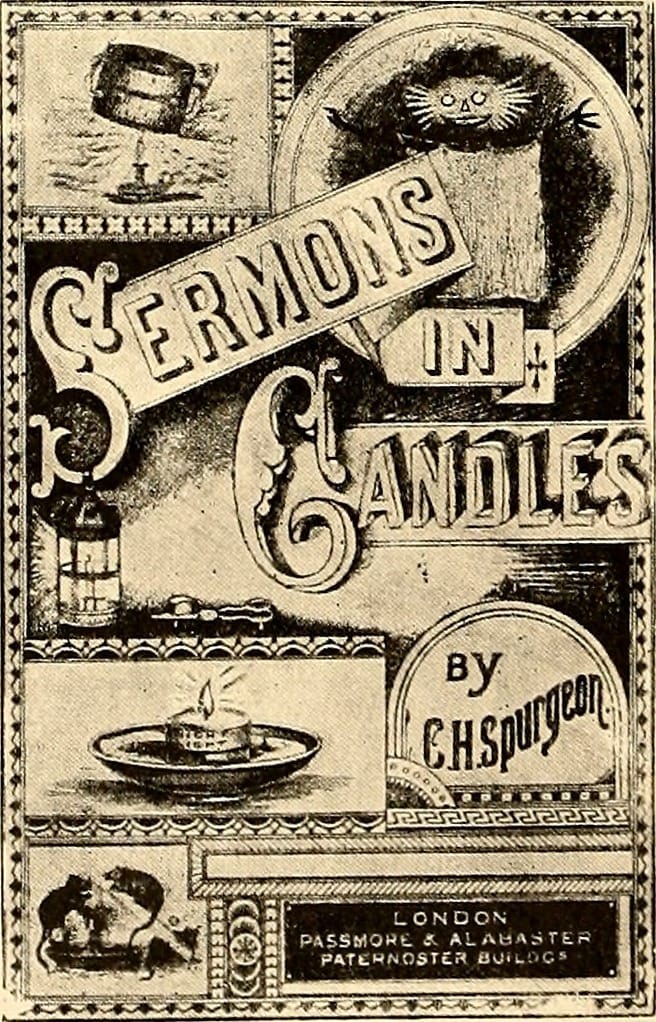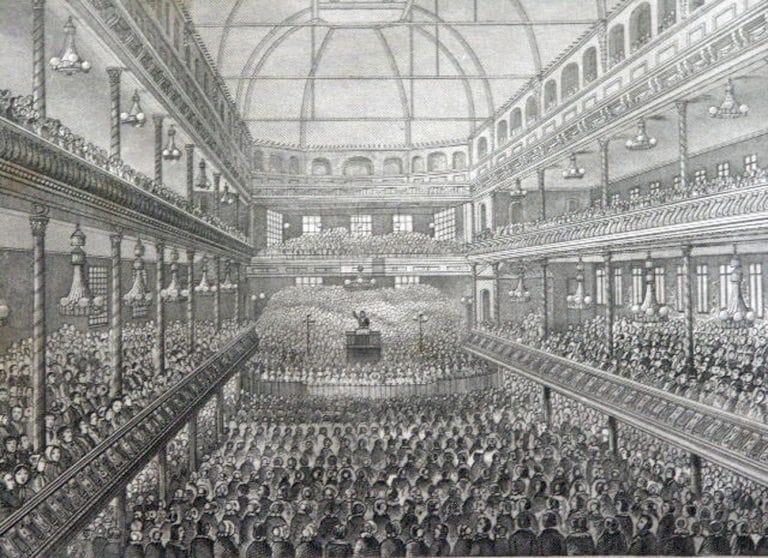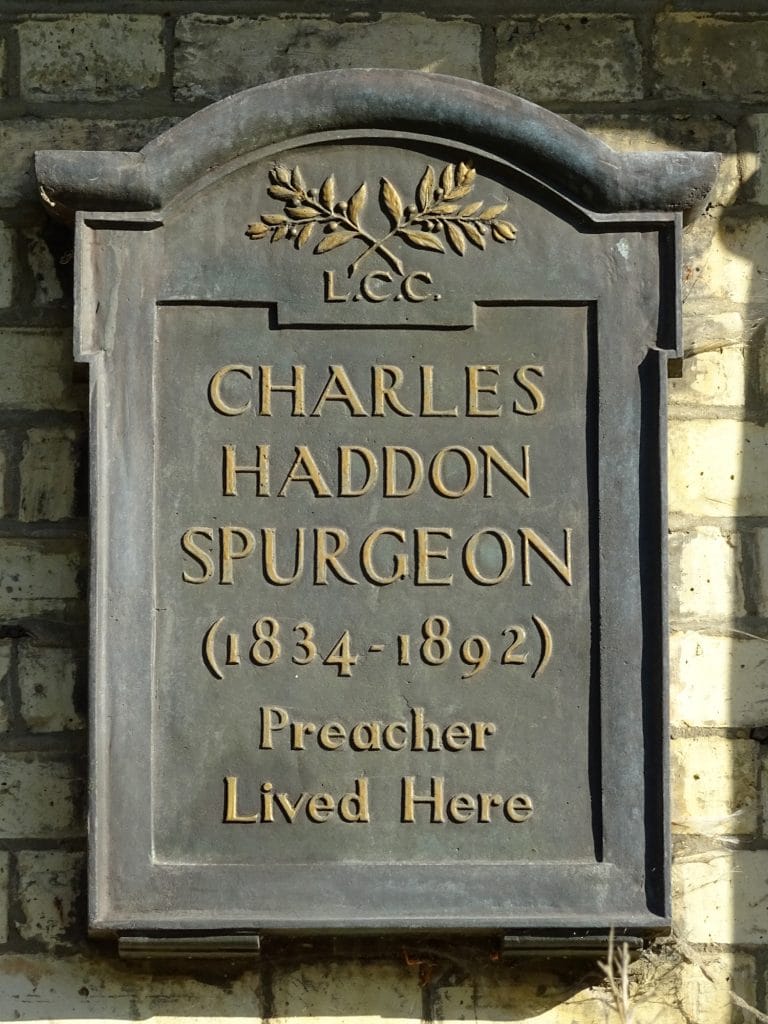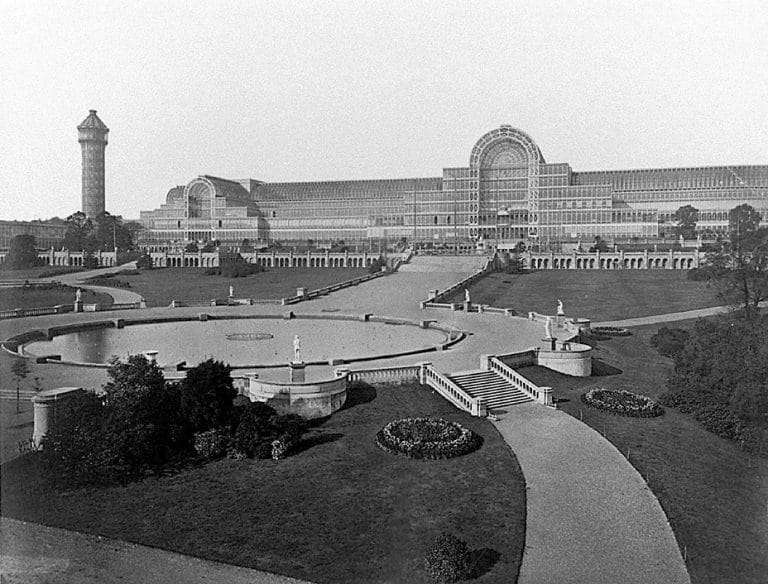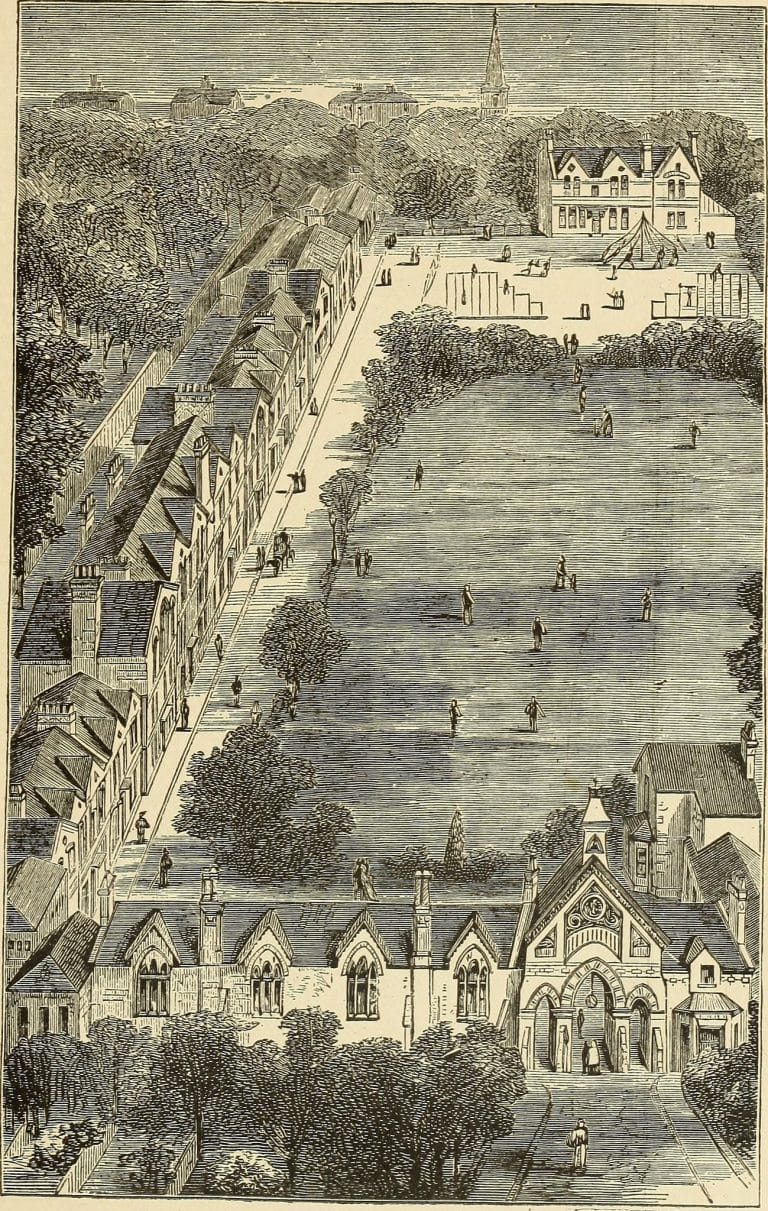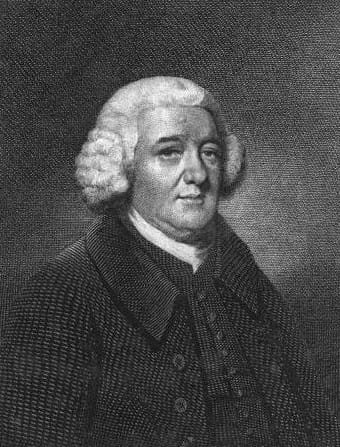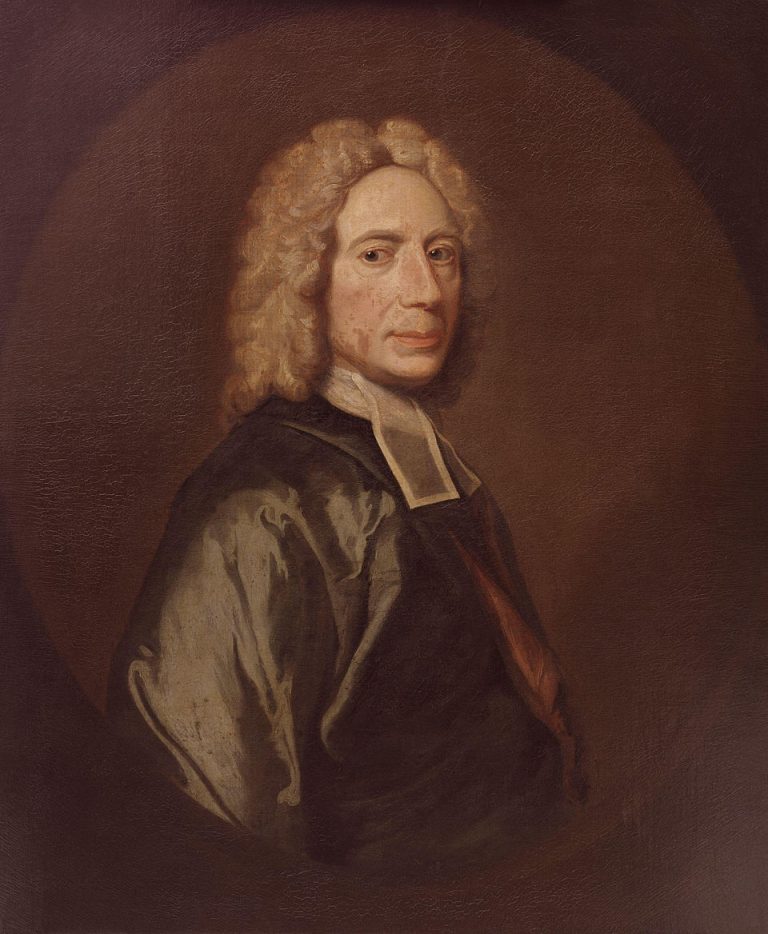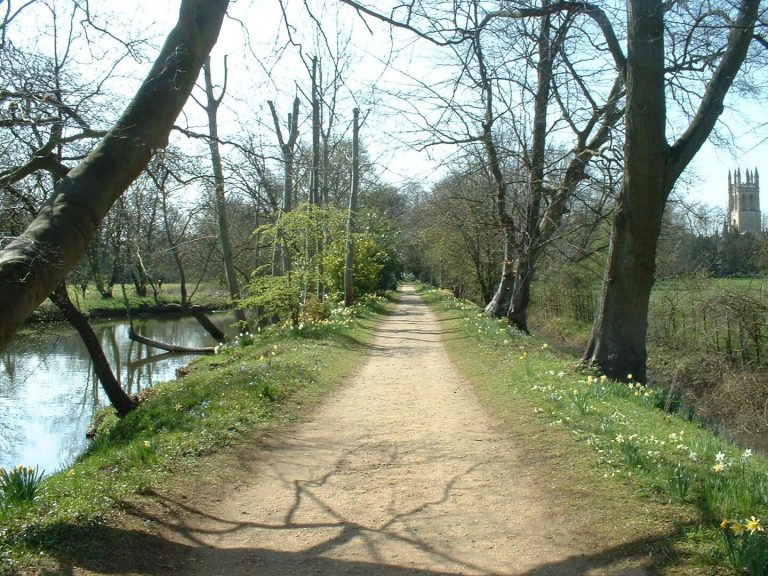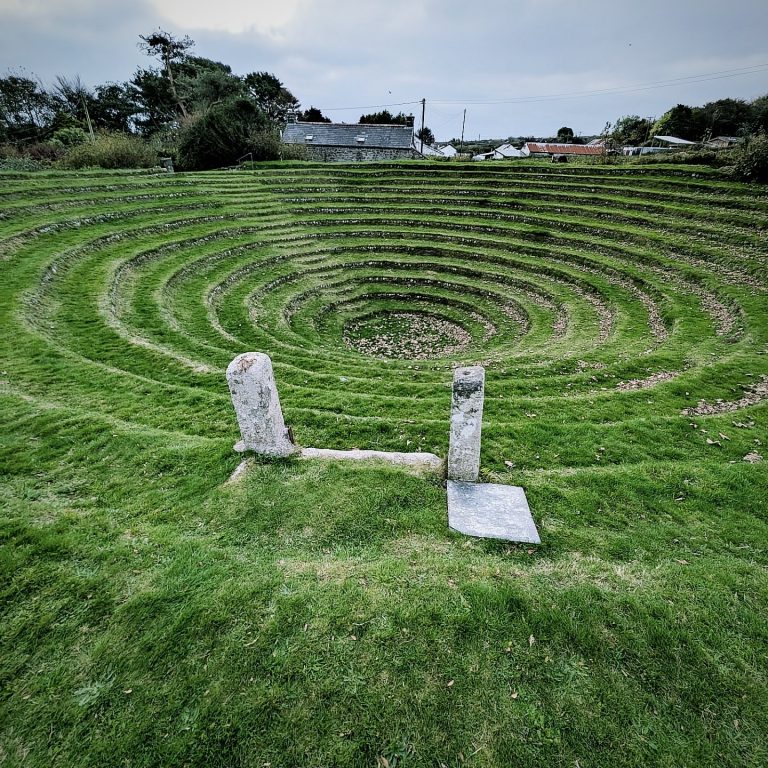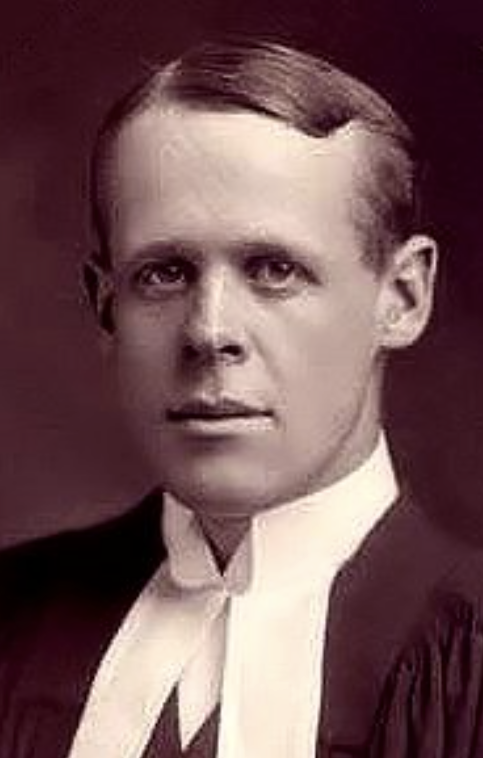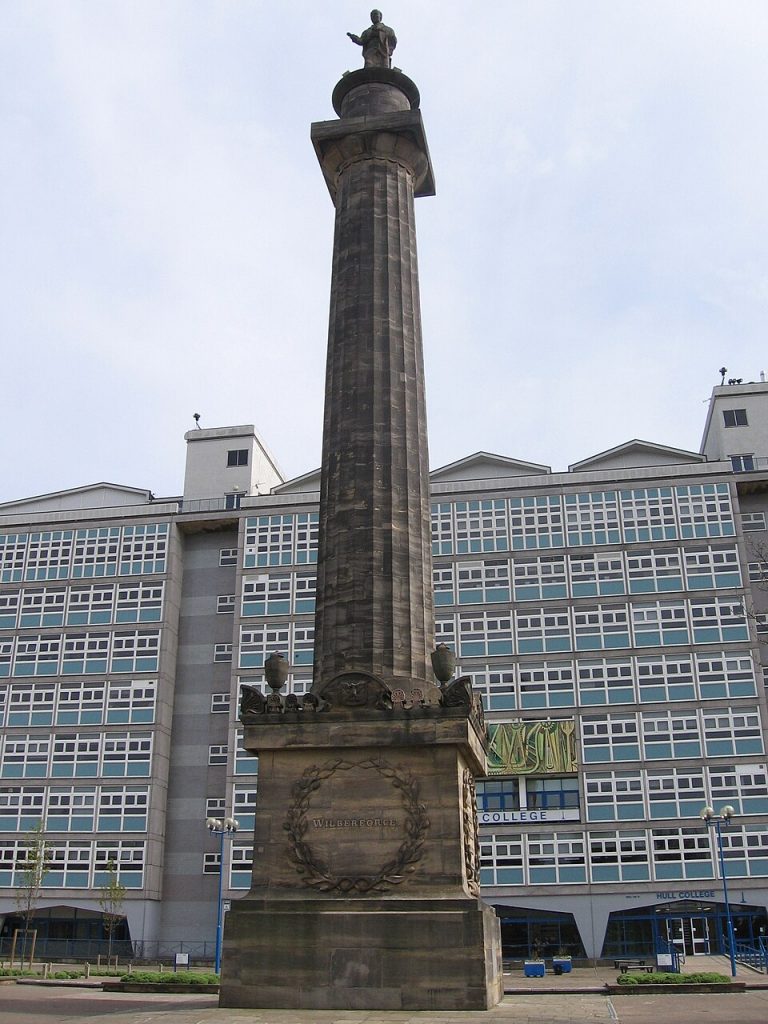Favorite
At Doddridge Street (NN1 2RN) is Castle Hill United Reformed Church, once known as Castle Hill Church, where the independent Congregationalist, Phillip Doddridge (1702-51), served as pastor. While Doddridge’s compromising endorsements led many young men toward erroneous doctrines, his songs, such as “O Happy Day,” and his classic book, The Rise and Progress of Religion in the Soul (1745), are still in use. Read more...
Favorite
See the only remaining section of Scrooby Manor House where postmaster William Brewster lived, and where the Separatists organized their church in 1606. This is the church that the future Baptist, Thomas Helwys, sacrificially assisted in their escape to Holland. In 1620, many of these Pilgrims would come to the New World on the Mayflower ship. copyrighted and used by permission from Read more...
Favorite
From Wikipedia: The Council of Constance declared Wycliffe a heretic on 4 May 1415, and banned his writings, effectively both excommunicating him retroactively and making him an early forerunner of Protestantism. The Council decreed that Wycliffe’s works should be burned and his bodily remains removed from consecrated ground. This order, confirmed by Pope Martin V, was carried out in 1428.[7] Wycliffe’s corpse was exhumed Read more...
Favorite
Named for their student, Eric Liddell. From the website: Eric Liddell is one of the most famous pupils to attend Eltham College. He joined the school in 1908 at the age of six and like all the other boys in the school at the time, Eric was the son of missionaries – his parents lived and worked in China. Eric Read more...
Favorite
Now private home “[James] McQuilkin had put away the fighting cocks he had been rearing and had turned away from all the worldly pleasures because he claimed God had cleansed him from all his sins. All three of them, being old-line hyper-calvinistic Presbyterians, thought that such a claim as McQuilkin’s was, to say the least, presumptuous. Jeremiah Meneely was Read more...
Favorite
D.L. Moody tells about Henry Moorhouse: “In 1867, when I was preaching in Dublin, at the close of the service a young man, who did not look over seventeen, though he was older, came up to me and said he would like to go back to America with me, and preach the Gospel. I thought he could not preach it, and I said I Read more...
Favorite
A Pilgrim’s Coffer At the age of 20, Charles Spurgeon came to New Park Street Chapel from his first pastorate at a small Baptist church in Waterbeach, Cambridgeshire. This congregation had continuously met since 1650, beginning in the Tower Bridge area and continuing in the proximity until they built the church at New Park Street in 1833—at the rear of Read more...
Favorite
The Daily Telegraph Tue, Jul 03, 1855 ·Page 1 Image Credit: Jul 02, 1855, Page 1 – the Daily Telegraph at Newspapers.com. www.newspapers.com/image/823895455. A Pilgrim’s Coffer: The New Park Street Chapel only had room for about 1,200 people, and by 1855—only a year into his pastorate—Spurgeon began hold services at Exeter Hall, on the North side of The Strand, near Read more...
Favorite
Weekly Examiner • Page 7 Saturday, October 25, 1856 Huddersfield, West Yorkshire, England HEALTH OF THE REV. MR. SPURGEON. Mr. Spurgeon, we are informed, is not at his residence in the Kent-road; but has removed out of town. He labours, we apprehend, not so much from excitement, as from the reaction consequent on the events of the terrible evening. His Read more...
Favorite
A Pilgrim’s Coffer: Joseph Passmore was the grandson of Mary Rippon, sister of Rev. John Rippon—who opened and presided over the congregation at New Park Street Chapel several decades before C.H. Spurgeon arrived. Shortly after Spurgeon’s arrival, he and Passmore struck up a friendship and, in January of 1855, Passmore & Alabaster began printing every original sermon and direct work Read more...
Favorite
A Sunday School is still operated by Metropolitan Tabernacle in the neighborhood. Wikipedia: The famous Baptist preacher Charles Spurgeon held religious services at the Music Hall in weekends because the New Park Street Chapel could not contain his audiences. The first service was held on the evening of Sunday 19 October 1856, with an audience of 10,000 inside and as many outside unable to enter. Read more...
Favorite
A Pilgrims Coffer: In 1857, Charles and Susannah left New Kent Road and moved down to 99 Nightingale Lane, in the Clapham area, West of Brixton. The house they moved into afforded for much more room than they previously had in Newington, while also offering the rural feel and slower pace they desired. Autobiography Image Credit: vtOqTcjoJj. “AUTOBIOGRAPHY, DIARY, LETTERS, Read more...
Favorite
Wikipedia: In 1868, the world’s first aeronautical exhibition was held in the Crystal Palace. In 1871, the world’s first cat show, organised by Harrison Weir, was held there. Other shows, such as dog shows, pigeon shows, honey shows and flower shows, as well as the first national motor show were also held at the Palace.[44] The match which later has been dubbed the world’s first bandy match was Read more...
Favorite
Wikipedia: Spurgeons was founded in 1867 by Charles Haddon Spurgeon.[3] as Stockwell Orphanage – due to its location. The inspiration for starting an orphanage came from a visit with George Muller.[4][5][6] and then spurred on by a donation of £20,000 by Anne Hillyard.[7][8][9] However, it wasn’t this £20,000 that was used to fund the beginning of the orphanage. Spurgeon records in the 1876 publicationThe Metropolitan Tabernacle. Read more...
Favorite
Way of Life: Samuel Medley (1738-1799) was a Baptist pastor and author of 230 hymns. In his wayward youth, he was seriously wounded in the British navy at the Battle of Lagos. The surgeon told him that amputation was the only thing that would save his life and that a decision would have to be made the next day. Though Medley Read more...
Favorite
DailyEcho: The family lived at 41 French Street where Isaac’s father ran a boarding school but the persecution of his father for his religious views forced its closure. Isaac was taught by his father until he was six then he attended the “Free School”, later known as King Edward VI Grammar School. His teacher there, John Pinhorne, recognised Isaac’s ability and saw Read more...
Favorite
From ChurchAndCulture: On Saturday, September 19, 1931, Lewis invited two friends to dine with him in his rooms at Magdalen. One was a man by the name of Hugo Dyson, a lecturer in English Literature at Reading University. The other was Tolkien. On that fall evening, after they had dined, Lewis took his guests on a walk through the Magdalen Read more...
Favorite
Thanks to Sarah (friend of the site) for finding this and noting the Wikipedia article: On 6 September 1762 John Wesley came to Gwennap and attracted a great crowd of copper tin miners. Unfortunately the day was very windy and Wesley could not make himself heard. Someone suggested the shelter of Gwennap Pit, about 1.5 miles away, so the whole Read more...
Favorite
Hymn History: Revive Us Again Author: William Paton Mackay “A Scottish physician turned Presbyterian minister, his journey from skepticism to faith captures the power of divine intervention and the timeless call for spiritual renewal.” (HymnCharts) The Origin of the Hymn “Revive Us Again” There are hymns that call forth the heart’s deepest longings for renewal, and among them, Read more...
New
Favorite
Watch Our Christian Heritage discuss William Wilberforce: Wikipedia: The Wilberforce Monument is a monument honouring English politician and abolitionist William Wilberforce in Kingston Upon Hull, England. The ashlar structure consists of a Doric column topped by a statue of Wilberforce. Construction on the monument began in 1834 and was completed the following year. In 2011, it was designated a Grade II listed structure. Photo By Keith D at en.wikipedia, CC BY Read more...
